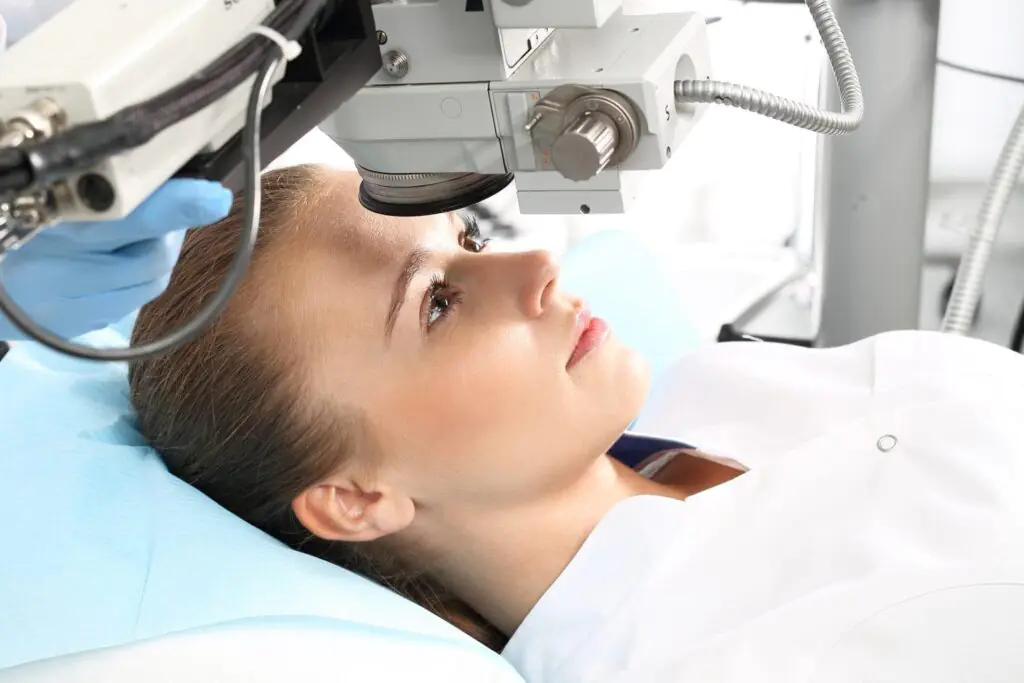Laser vision correction allows you to correct myopia up to -8 diopters (sometimes even a little more). It all depends on the thickness of the patient’s cornea. In the positive refractive region, farsightedness can be safely corrected up to +5 diopters. You can see more details here.
The shape of the cornea is modeled at the micro level. If you want to correct myopia, it becomes more concave, if you want to correct farsightedness, it becomes more curved. Laser allows you to do it all. Accordingly, the focus of rays passing through the cornea of various shapes falls on the focal point and falls on the retina. As a result, vision becomes sharp and clear.

We must remember that this is not a medical manipulation, but rather a cosmetic one. The exception is the case when the patient has already undergone some kind of surgery (for example, to replace a lens), but the refractive effect does not satisfy him. Then, using a laser, you can correct your vision and focus the rays onto your retina.
Patients with very thin corneas; patients with eye diseases (keratoconus, severe dry eyes, cataracts or glaucoma); patients under 18 years of age; patients over 45 years of age. At this age, the eye is already beginning to change - it loses its accommodative ability, and does not switch from far to close distance as effectively as in youth. Correction in such cases is technically possible, but impractical - the patient, having removed his glasses for a long distance, voluntarily or reluctantly purchases reading glasses at this age; patients with systemic connective tissue diseases (for example, systemic lupus erythematosus); patients with uncompensated diabetes mellitus; Pregnant and breastfeeding women – hormonal changes affect the healing of the ocular surface. In addition, during pregnancy, the refractive indices of the optics of the eye are unstable. Therefore, laser correction is recommended either before pregnancy or after breastfeeding.



